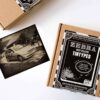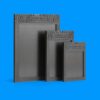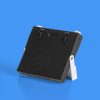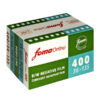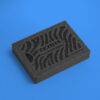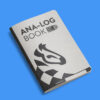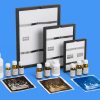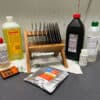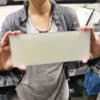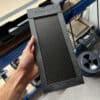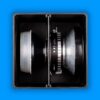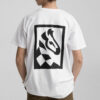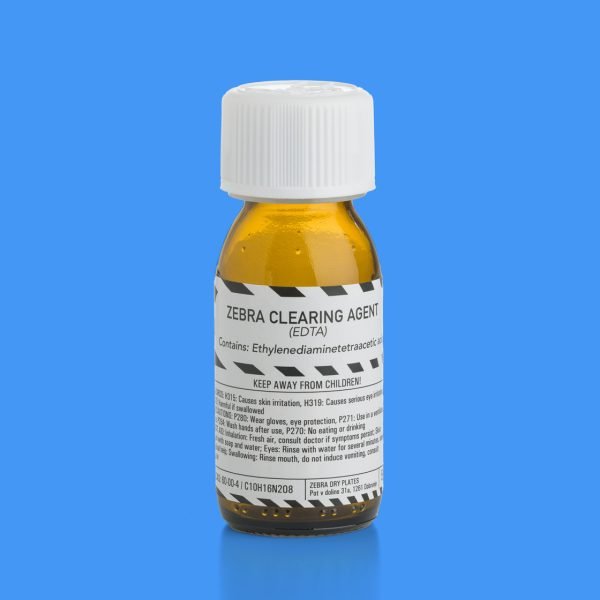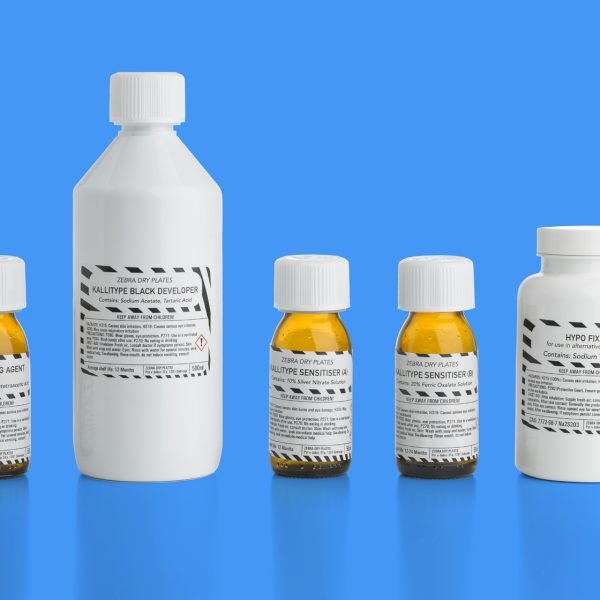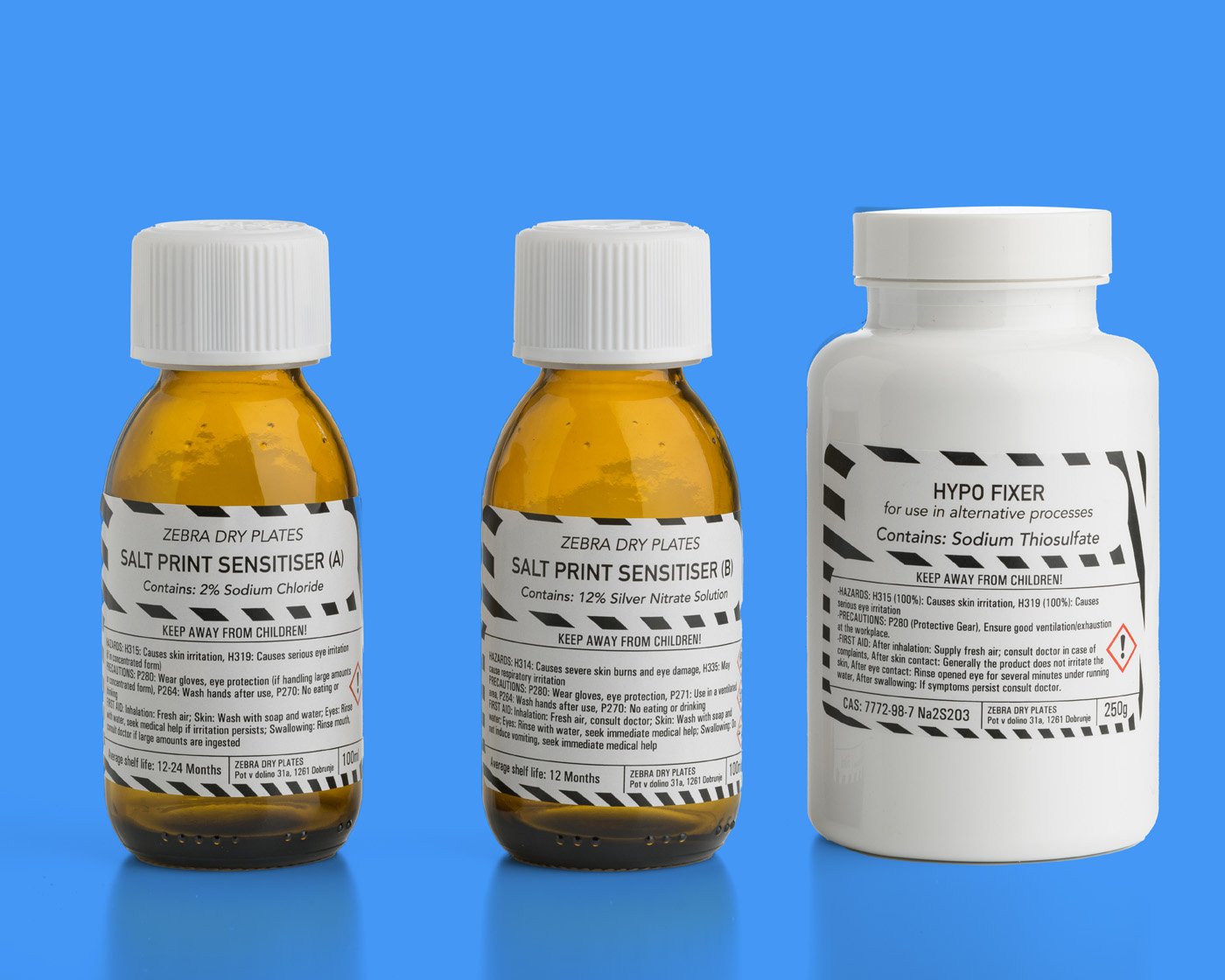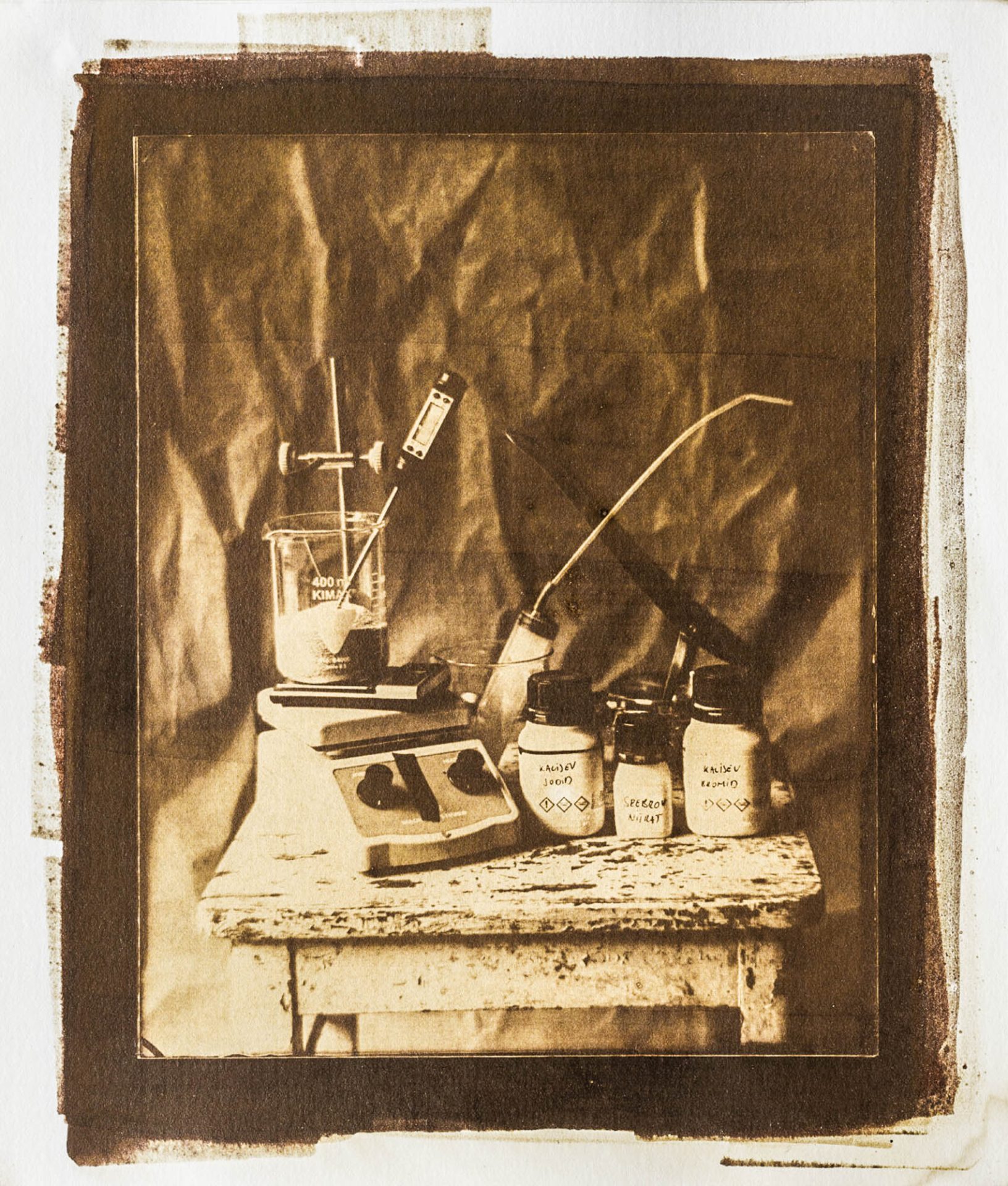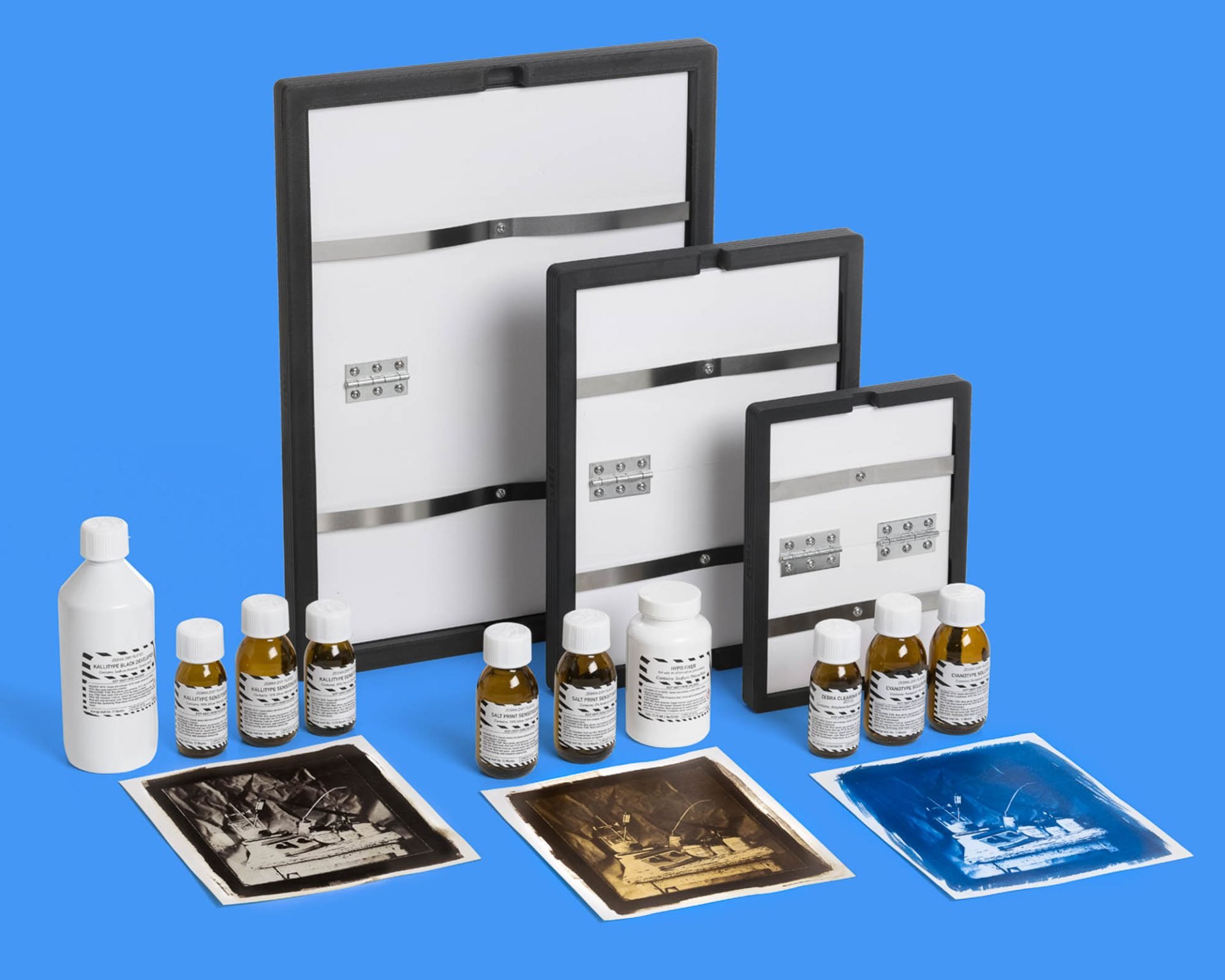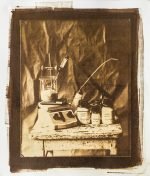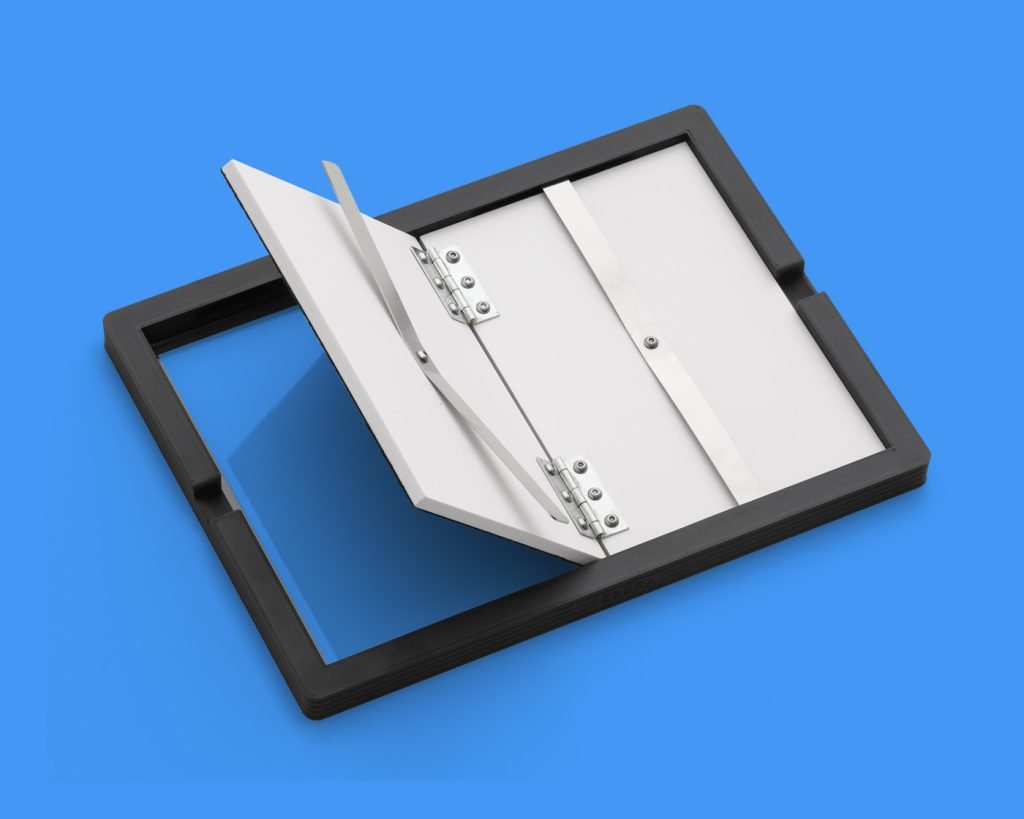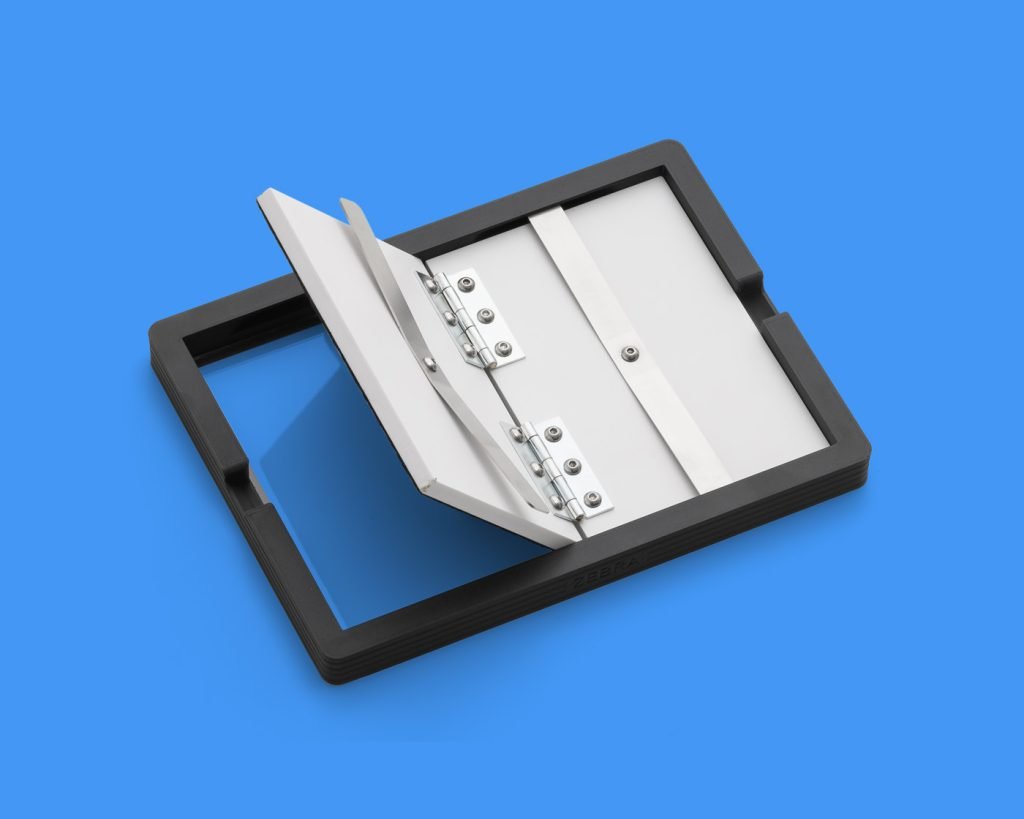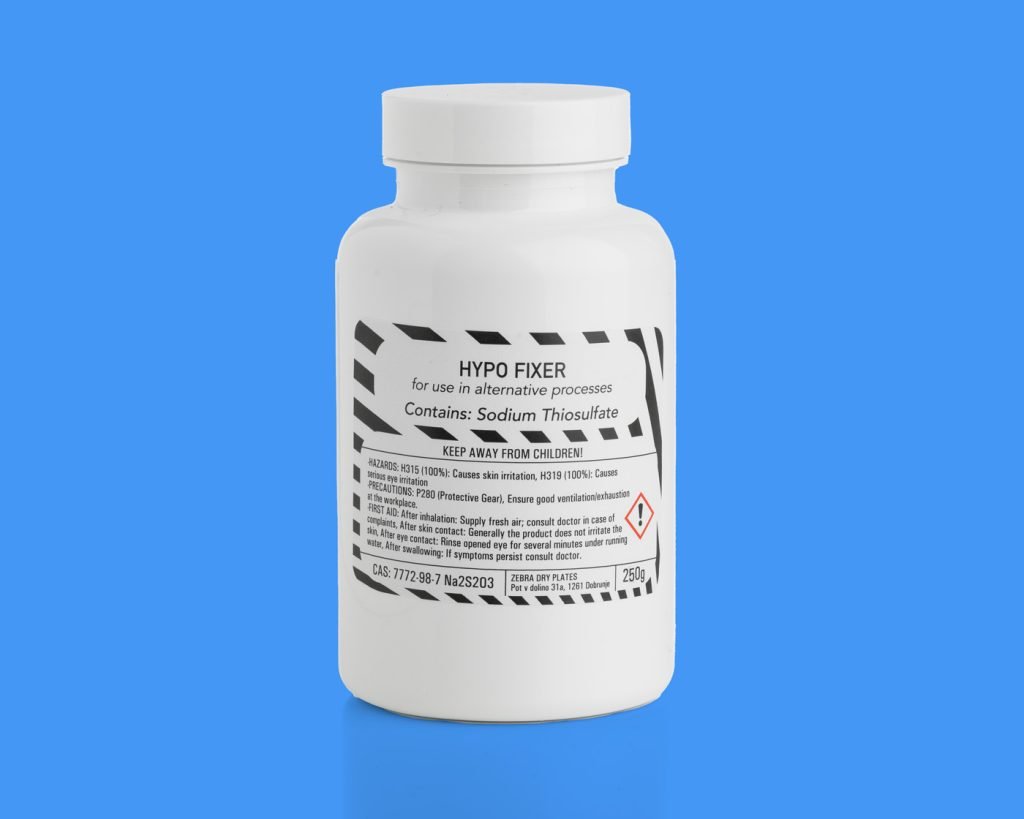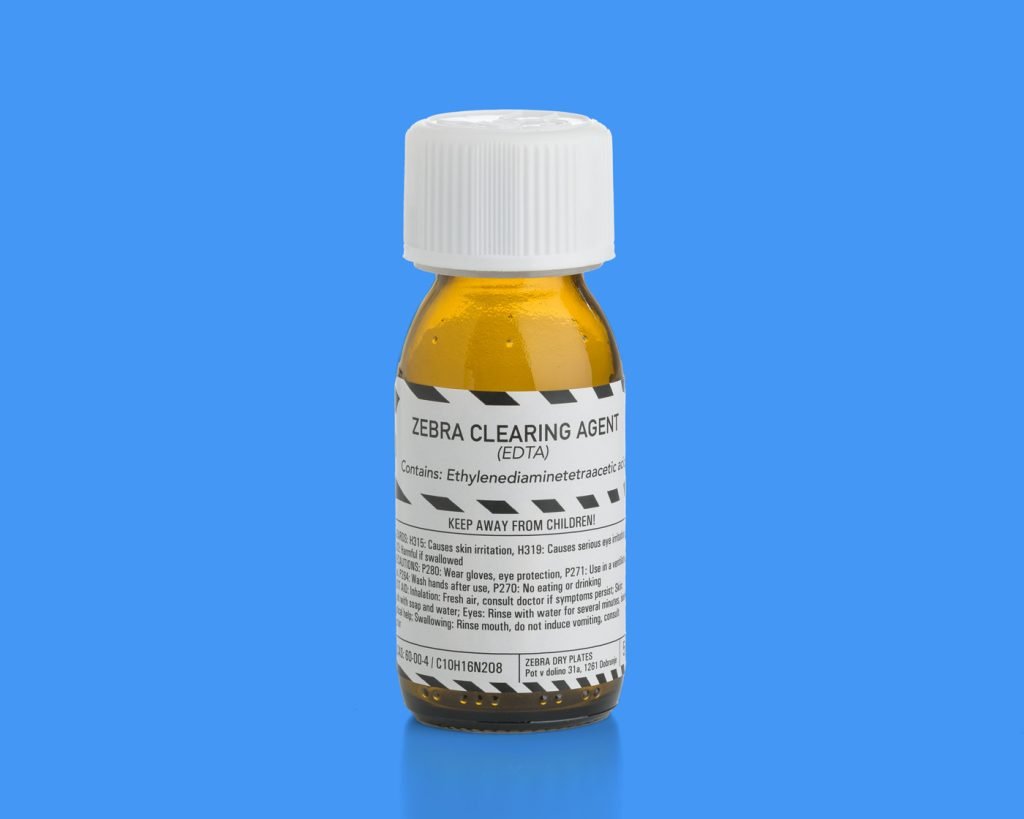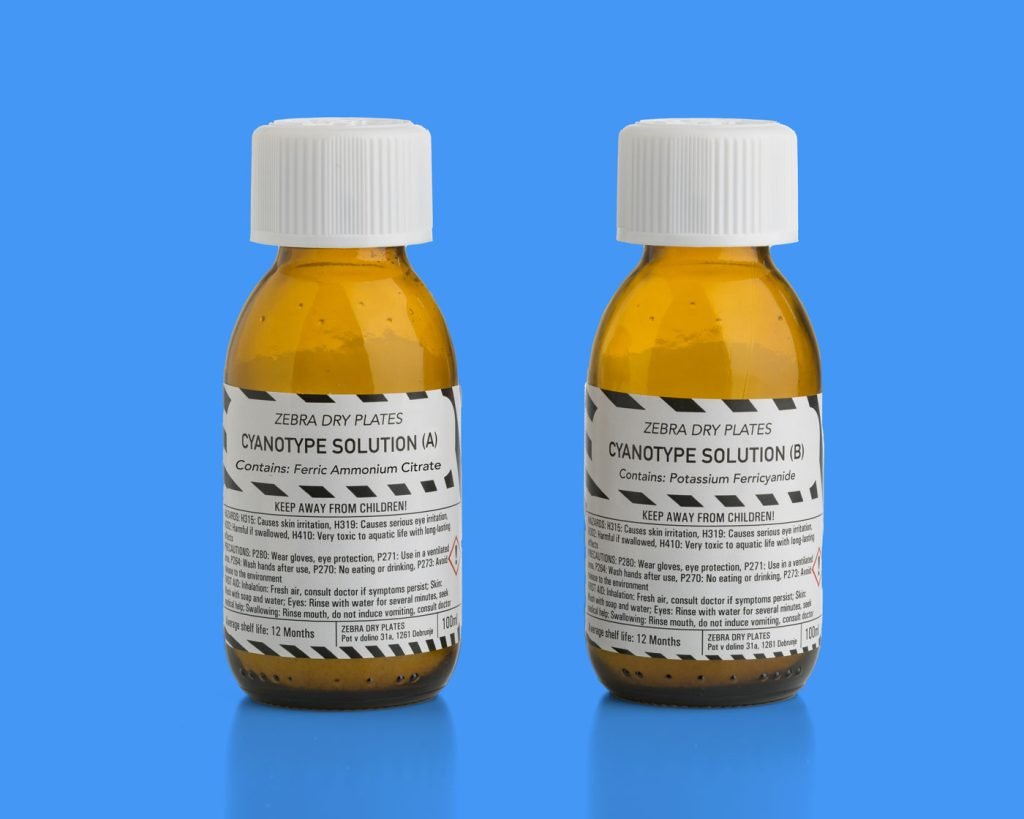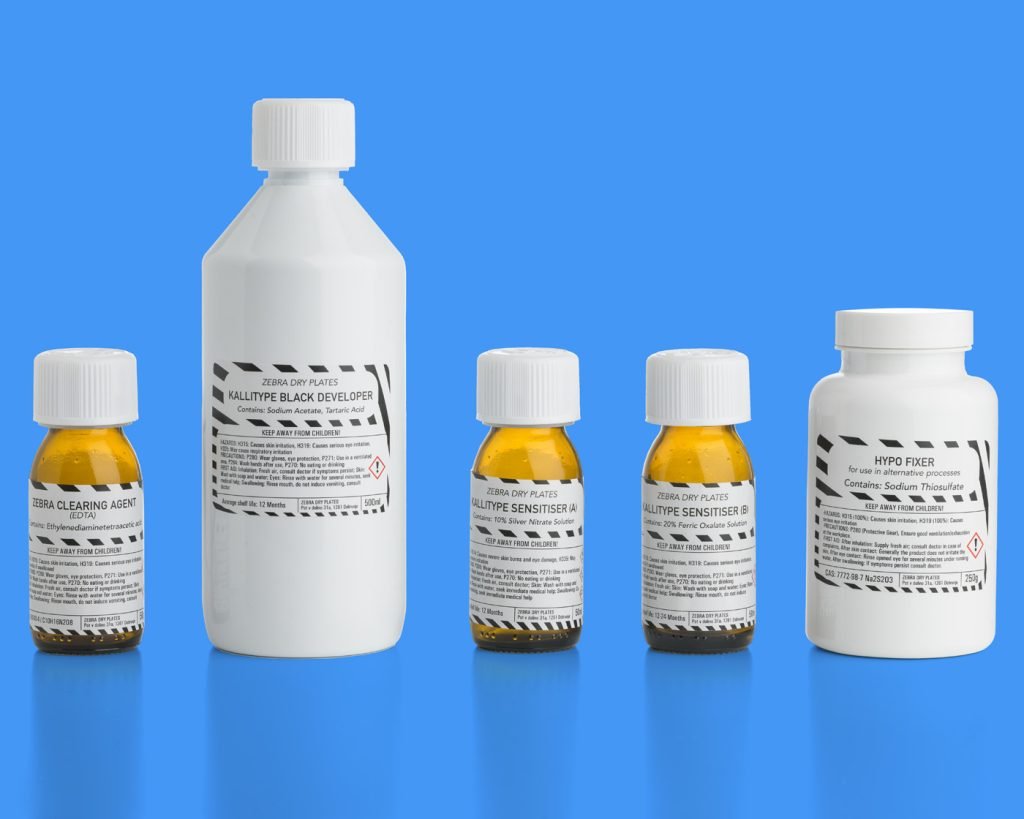A Glimpse into the Past: The History of Salt Printing
The salt print, also known as the salted paper print, was invented by William Henry Fox Talbot in 1839. As one of the earliest photographic techniques, it played a crucial role in the development of photography. Talbot’s process involved coating paper with a salt solution, followed by a silver nitrate solution, to create a light-sensitive surface. When exposed to sunlight through a negative, the paper produced a positive image. This innovation marked the birth of negative-to-positive photographic processes, laying the groundwork for modern photography.
Salt printing quickly gained popularity in the mid-19th century due to its relatively simple and cost-effective method. It allowed photographers to produce multiple copies of an image, making it a significant advancement over previous methods like the daguerreotype, which produced unique, non-reproducible images. The rich, warm tones and subtle details of salt prints captivated audiences and artists alike, making it a preferred method for portraiture, landscapes, and scientific documentation.
Reviving a Classic Technique: The Zebra Salt Print Kit
Today, the Zebra Salt Print Kit allows you to experience the timeless charm and hands-on craftsmanship of salt printing. This kit is designed to provide you with all the essential materials and knowledge needed to create stunning salt prints, just as Talbot did over 180 years ago.
KIT INCLUDES:
- 100 ml Salt Print Sensitiser A (2% Sodium Chloride Solution)
- 100 ml Salt Print Sensitiser B (12% Silver Nitrate Solution)
- 250 g Sodium Thiosulfate Fixer
- 2x 3ml pipette
- In detail User Manual
*Zebra Salt Printing Kit User Manual right HERE.

